Please stay out of the stores! Enjoy the outdoors, or enjoy your home, but let's avoid enclosed spaces with other people for now.
Given the easy aerosolized spread of the virus by asymptomatic and presymptomatic people (and especially by children) and a long incubation period (3 to 10+ days), the only way to prevent a massive spike in cases is to limit social interactions before symptoms are widely evident in the community.
As of this message, VDH reports 45 cases in-state, and not just in the DC suburbs, but also in more rural parts of the state, having tested only 408 people. As one doctor recently explained, there are probably 50 more cases for each confirmed positive - Ohio officials estimate already 1% of its population is positive. The same could well be true here, or worse.
Until time and testing prove otherwise, please practice strict social distancing - especially if you are (or live with) older and/or have pre-existing conditions. Do not go into enclosed spaces with other people!
Please keep in mind that even for younger people (aged 20 - 40) this illness is considered to be 10 to 20x more deadly than the seasonal flu. And much more so with increasing age.
If you are still skeptical that this virus is a serious concern, I invite you to watch my new video "Understanding the coronavirus confusion" here where I discuss the issue of bad data throwing people off. I would also invite you to check out my personal Facebook feed where I've posted a variety of articles I've found helpful, and my previous email/blog post here.
Order food!
It's the 21st century, and we have abundant options for ordering food and other products, here are a few:
- Expresslanes at Harris Teeter - https://www.harristeeter.com/whatisexpresslane
- Misfits.com - https://www.misfitsmarket.com/
- Imperfect foods - https://www.imperfectfoods.com/
- Instacart - Instacart.com (not just food - Costco, CVS, Target, etc.)
- Whole Foods - https://www.wholefoodsmarket.com/grocery-delivery-and-pickup
Wild edibles in your yard:
Free fresh greens are already in your yard! All of these plants below should have edible parts at this time. Look these up and then find them in the lawn and in the mulch beds, etc. If you are not confident of them being clean from dog or cat urine, parboil or briefly steam the greens to be on the safe side and kill any germs.
- chickweed
- dandelion
- bittercress - the flowering stems are best when blooming and tender - will get tough with age. (link)
- field garlic/onion grass - very abundant - the leaves are starting to get a little tough, but if you dice them can still be added to meals for fiber and nutrients.
- purple dead-nettle
- henbit
- plantain - use the young leaves
- garlic mustard - you can collect some of the leaves of the rosettes now, in a few weeks they will send up flower stems that you should collect just before, or as they begin, to bloom, while still tender.
Garden - how to keep out the critters:
If deer, bunnies, etc are a problem, order some Garden Netting at Amazon.com. Improvise your own frame, order one of those two - search "garden netting frame." These things are cheap.
My Prognosis:
It seems that some people anticipate a brief disruption to normal life followed by a resumption of normal activities.
My expectation is that there will be a national lockdown of some sort initiated no later than Wednesday, likely sooner, initially for 2 weeks. I have received converging, specific intel from multiple independent sources on this.
Over those two weeks, I expect conditions to deteriorate especially in New York, but also locally, along with a significant increase in testing. So the restrictions will likely be extended, especially in metropolitan areas, although the exact nature of the restrictions is still to be learned. I imagine there should still be some limited amount of product delivery available.
I find it likely that there will be some restrictions on movement and activities that last for 1 - 2 months at least, especially in more urban areas. We should expect that economic conditions will be poor at a minimum, hopefully not worse.
However, if more evidence emerges to support that the virus is sensitive to temperature and humidity, maybe we will be able to resume outdoor activities as things heat up. Increases in the availability and use of masks or treatment options could also help, but given the global demand for these - who knows what the timeline would be.

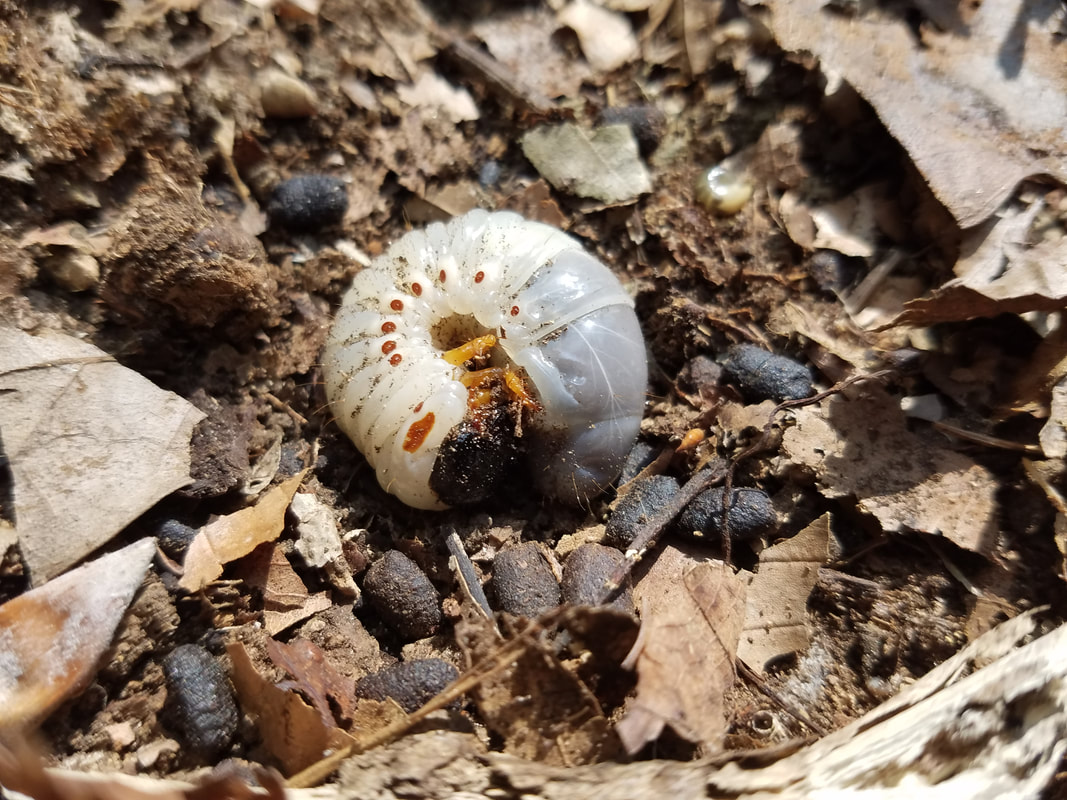
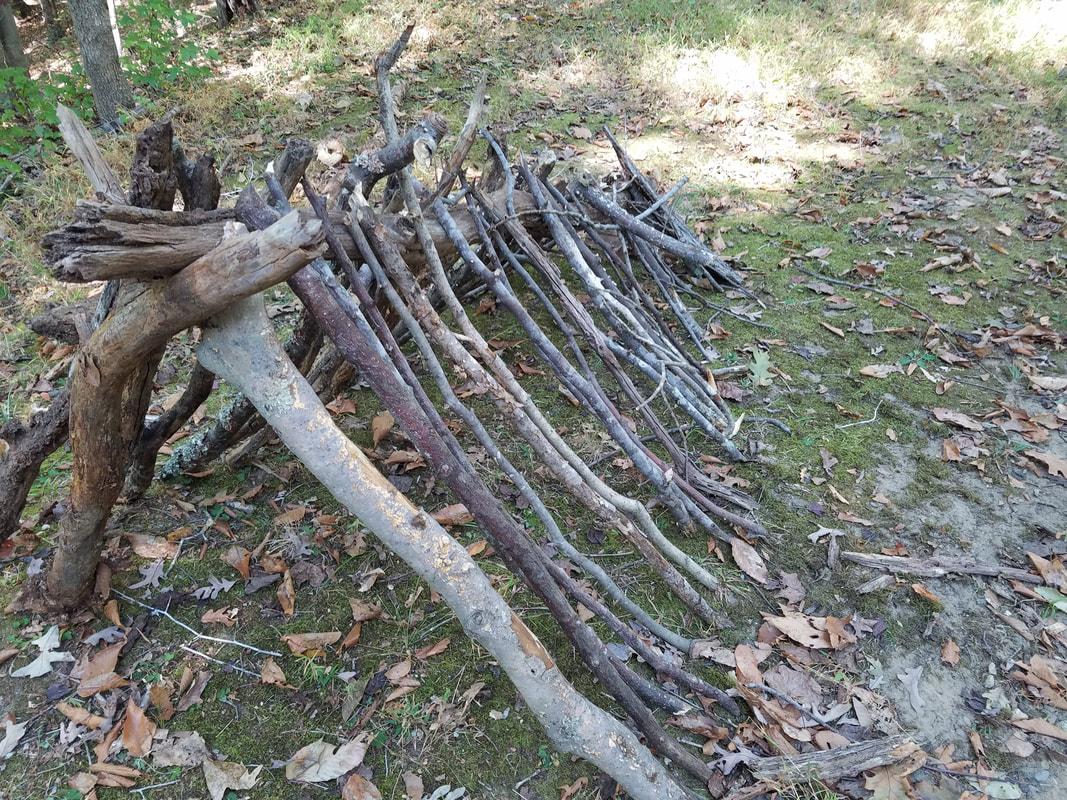
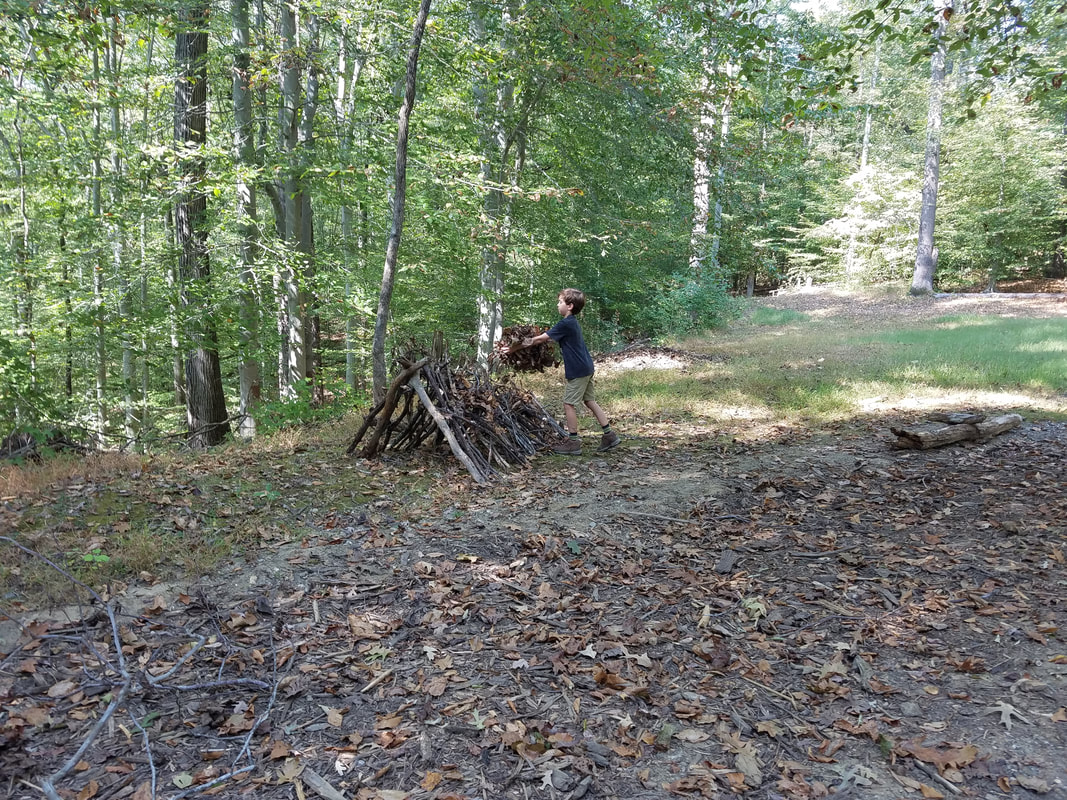
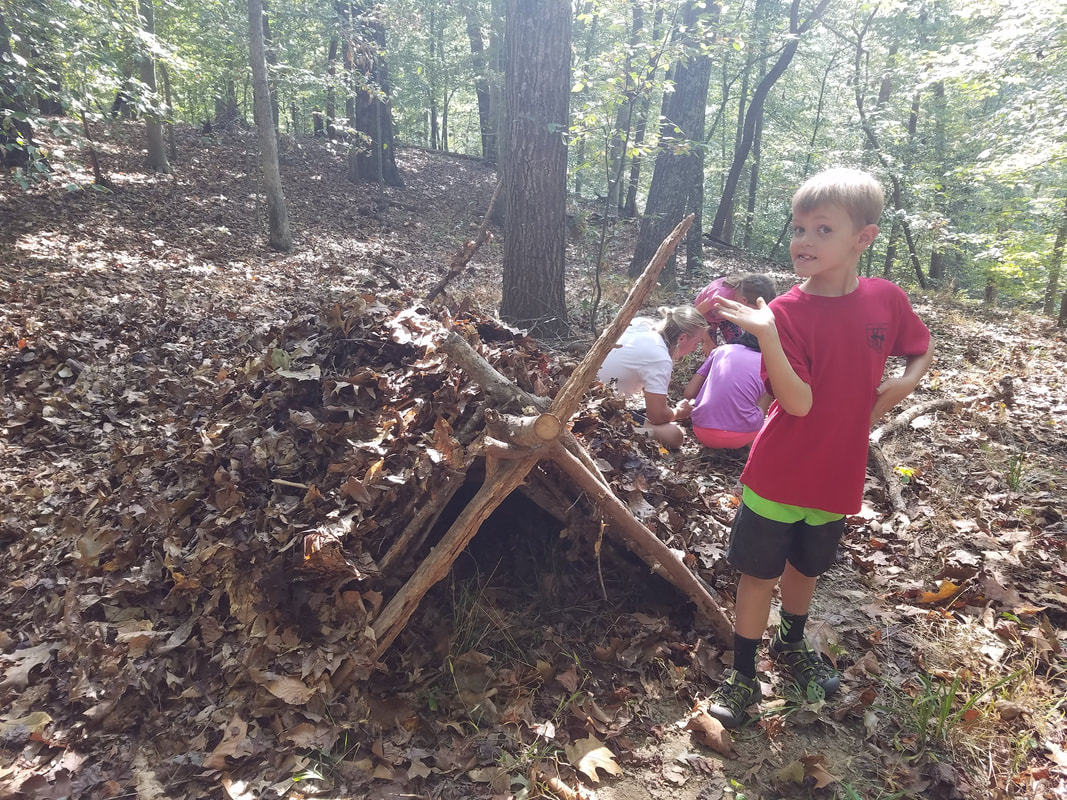
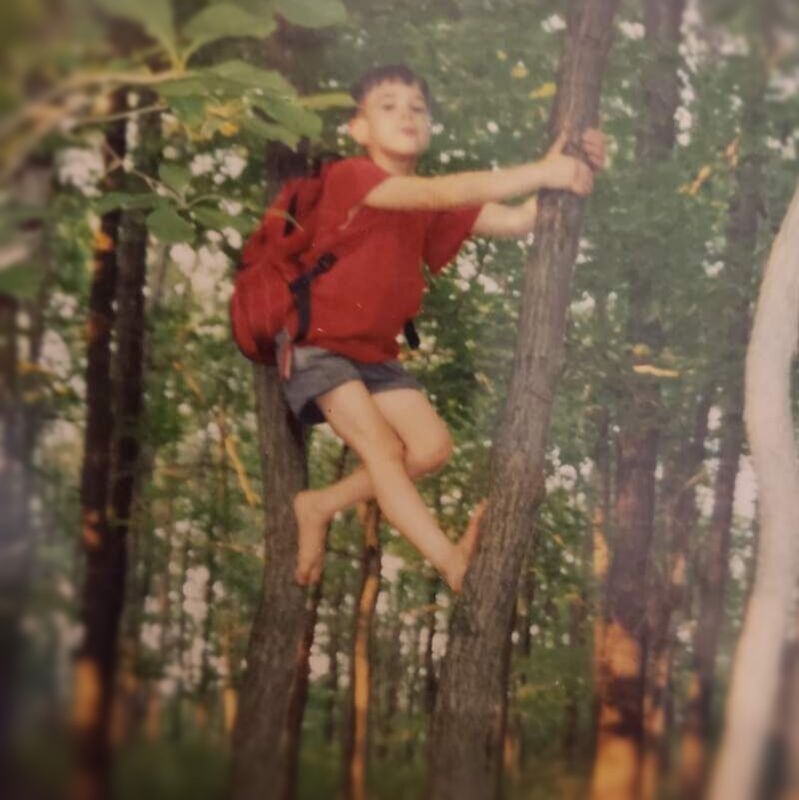
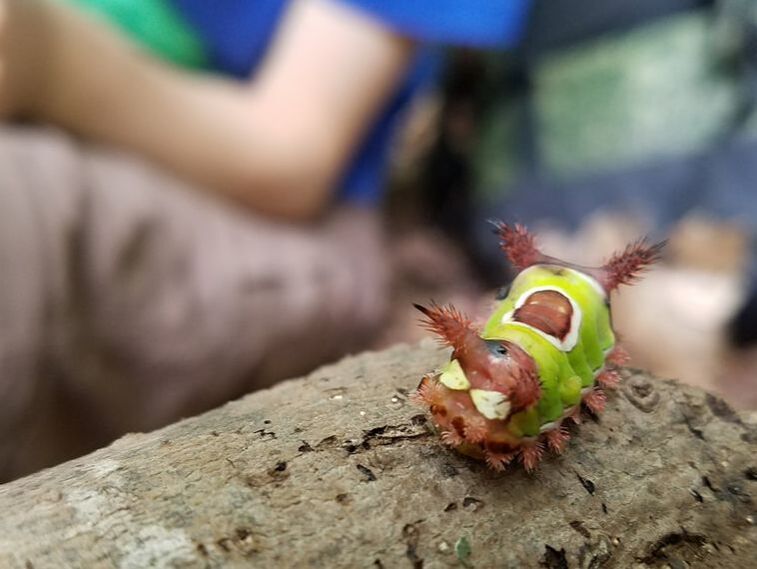
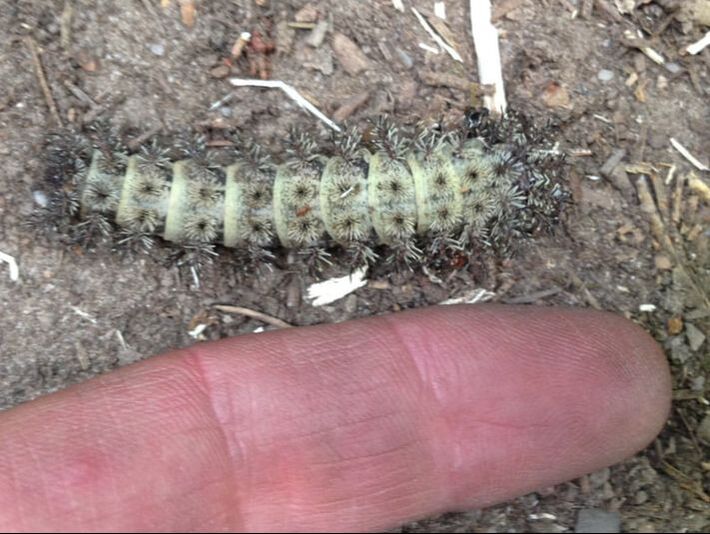
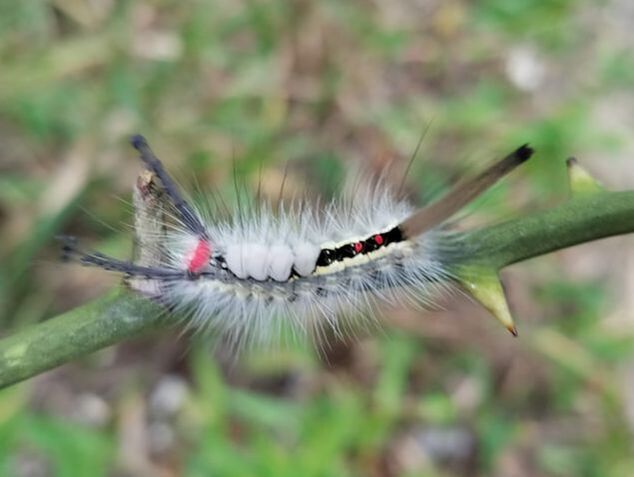
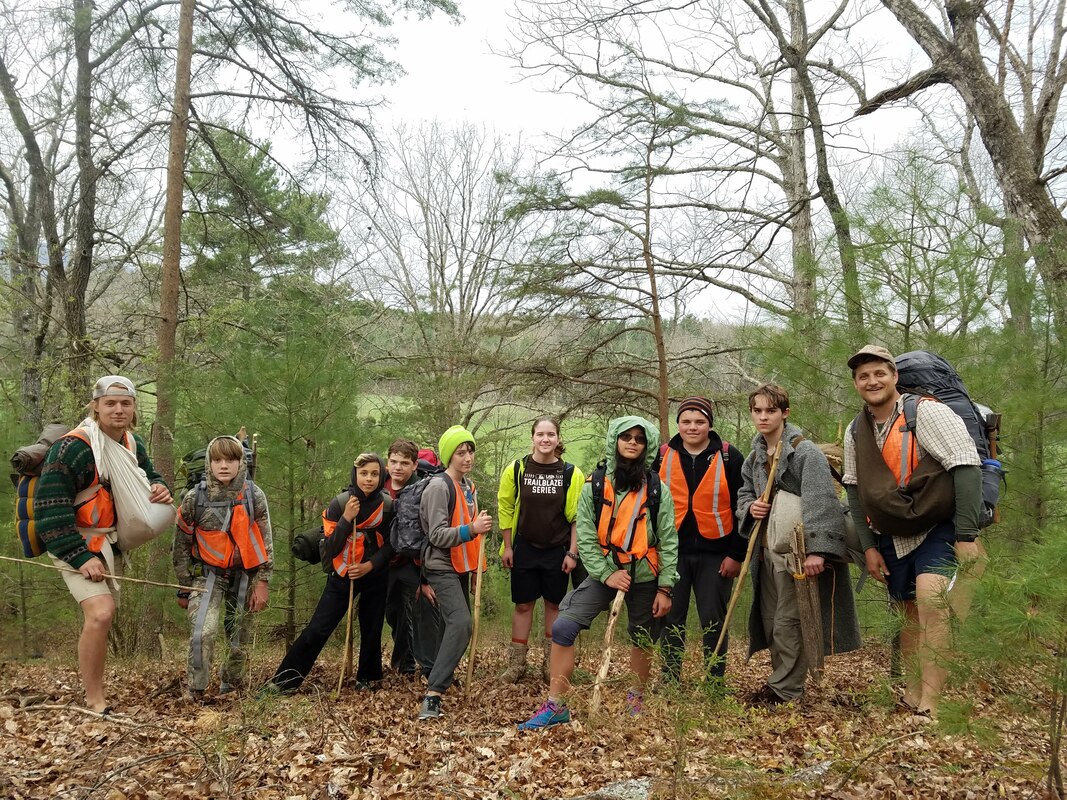
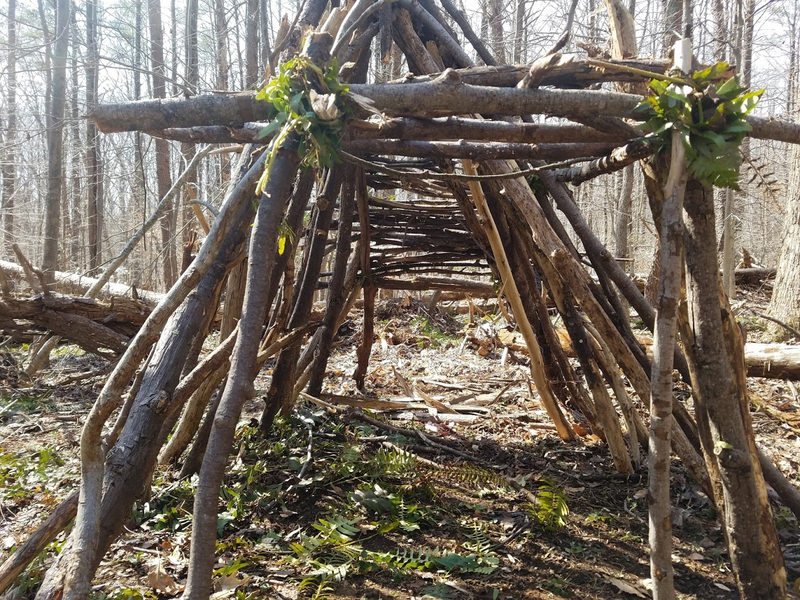
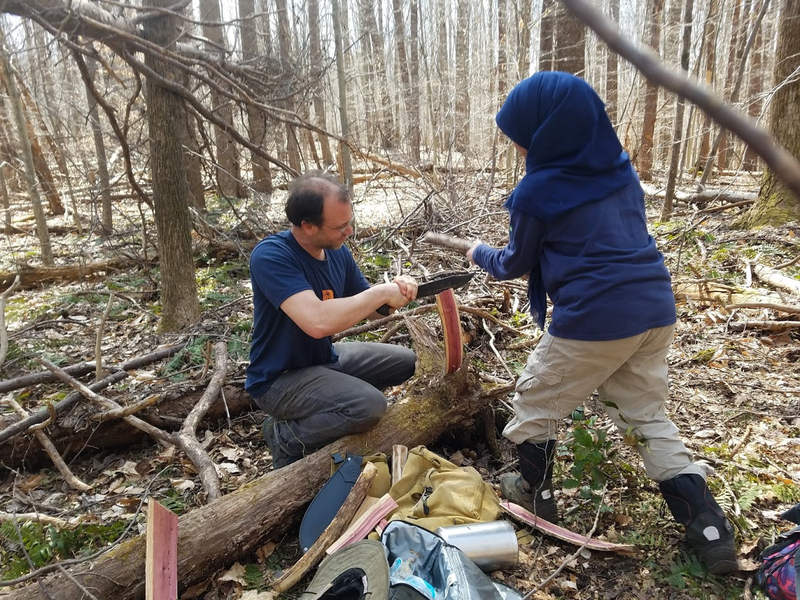
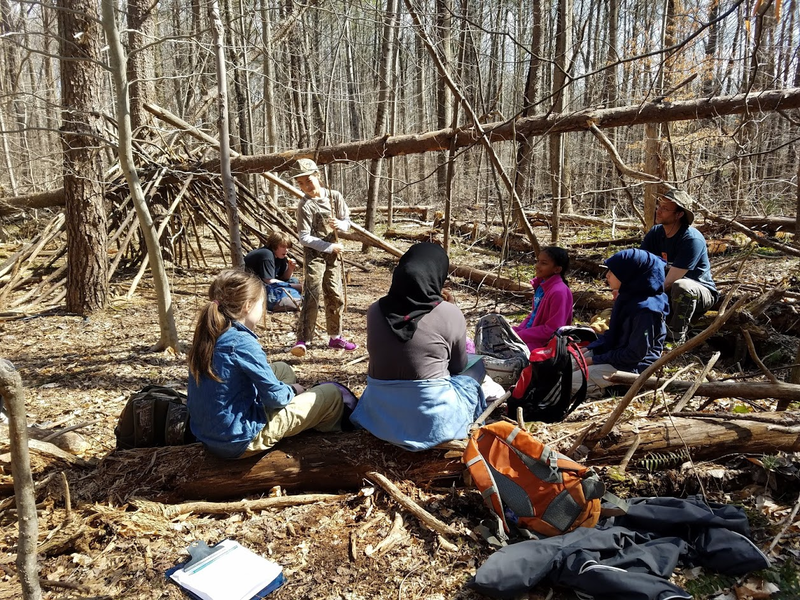
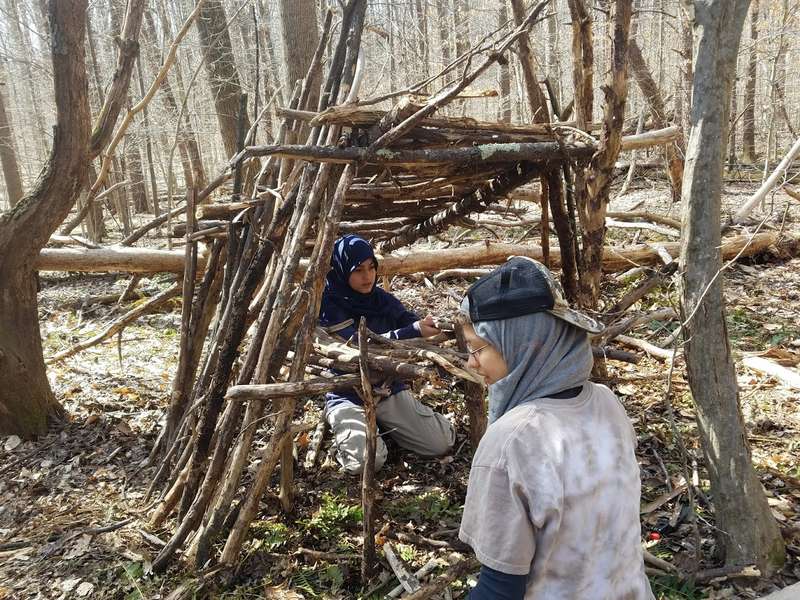
 RSS Feed
RSS Feed
